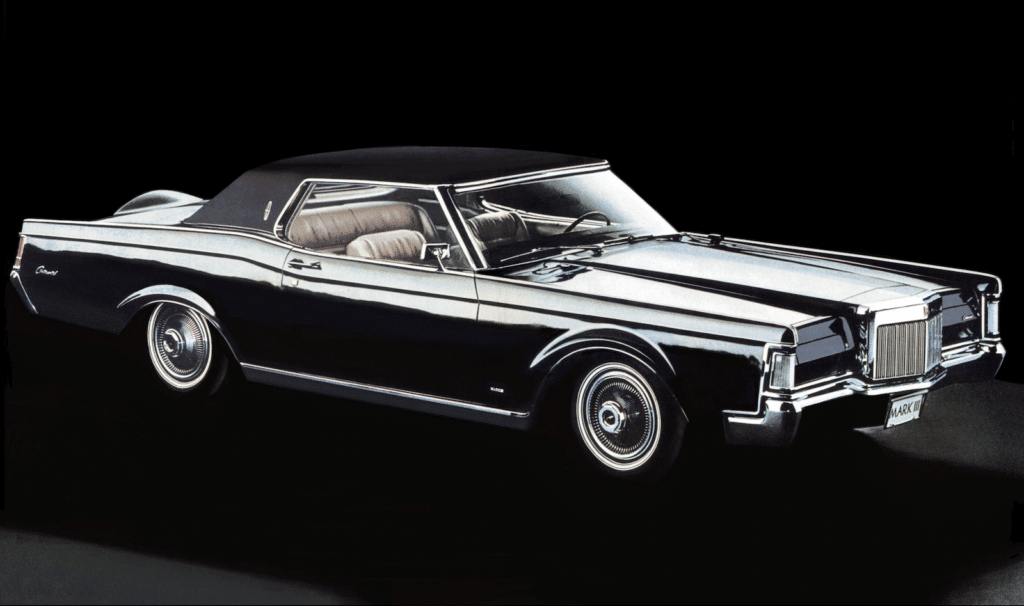
It is been 100 yrs since Henry Ford acquired The Lincoln Motor Co. out of bankruptcy, an occasion worthy of celebrating.
Still the Lincoln most remembered and revered by collectors, car designers and pop lifestyle is the 1961 model, a automobile that actually reset 1960s automotive style priorities with its thoroughly clean, unadorned flanks and easy class and eloquence.
But its influence would direct to a car or truck that debuted this 7 days in 1968, a single that would impact Lincoln automotive style and design for the upcoming pair decades. It is the 1968 Continental Mark III, a vehicle that continued a unique Lincoln lineage whilst redefining the brand’s style.
A auto born of a holiday
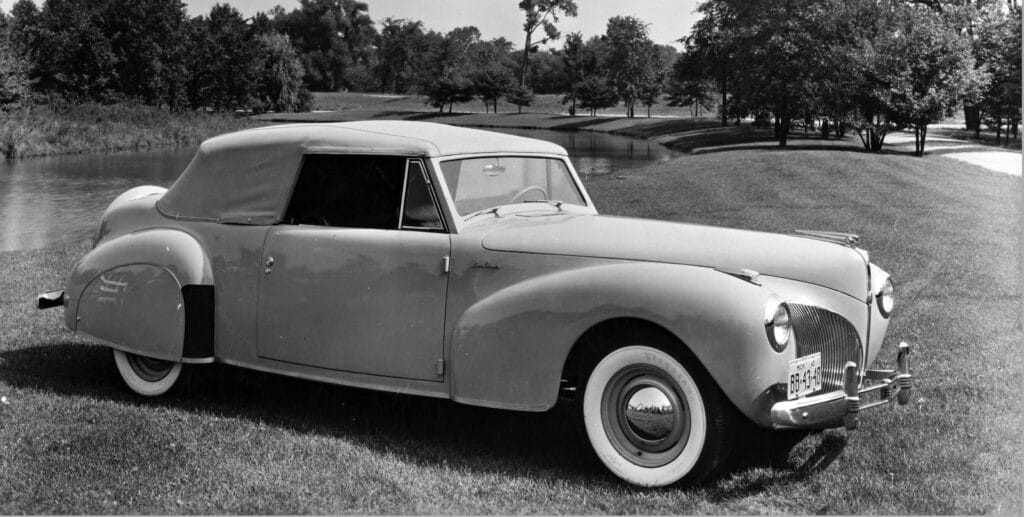
The 1968 Lincoln Continental Mark III experienced its roots in the initially Continental, which arrived about soon after Edsel Ford, president of the Lincoln Motor Co., returned from a vacation to Europe in 1938. He challenged the company’s direct designer, Eugene Gregory, to develop a thing identical to the cars and trucks he saw though on getaway, a little something continental.
The outcome was the 1939 Lincoln Zephyr Continental and priced at $2,640, or $53,500 adjusted for inflation. Presented as a coupe or cabriolet, it was rapidly embraced as a typical style and design. Architect Frank Lloyd Wright, who thought of it “the most lovely car or truck in the world,” purchased two. In the end, 5,324 Continentals were created through 1948, when Ford Motor Co. decided not to replace it.
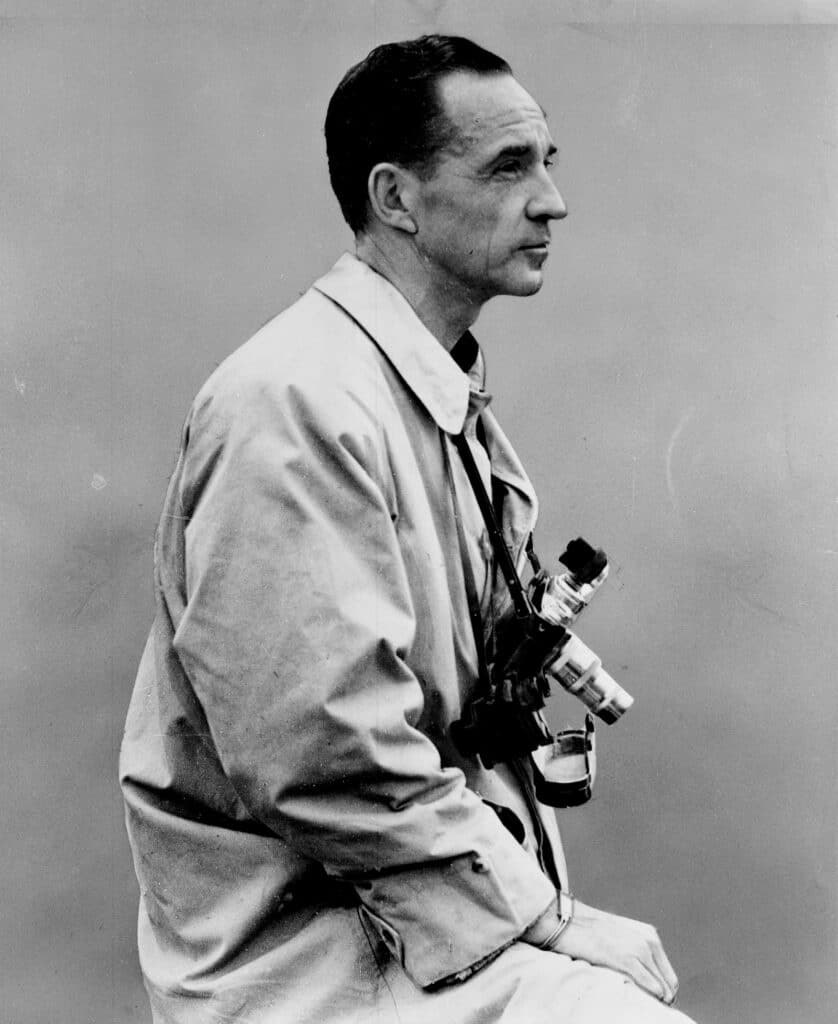
Just why stays unclear. Some resources place out that the marketplace for these automobiles experienced dried up. Many others cite Edsel’s premature death in 1943, and the deficiency of eyesight for a new a single. But sketches for a new 1948 Continental had been regarded as.
A son’s tribute to his father
But dealers ongoing to pester Lincoln, inquiring when a new Continental was heading to be manufactured. For William Clay Ford, 30, led the generation of a new Continental to honor his father in 1952, just one that lived up to the initial. Eschewing the garish chrome trim and outrageous tailfins usual of period, the Continental Mark II wore timeless, sophisticated traces, and was marketed via Ford’s new Continental Division.
Driven by a 300-horsepower 6.-liter V-8, and geared up with each conceivable advantage — air conditioning was the sole choice — the coupe value a staggering $10,000, far more than two times the cost of other Lincoln models, yet Ford still shed revenue on just about every one particular. About 3,000 were being built before Continental was folded back into Lincoln.
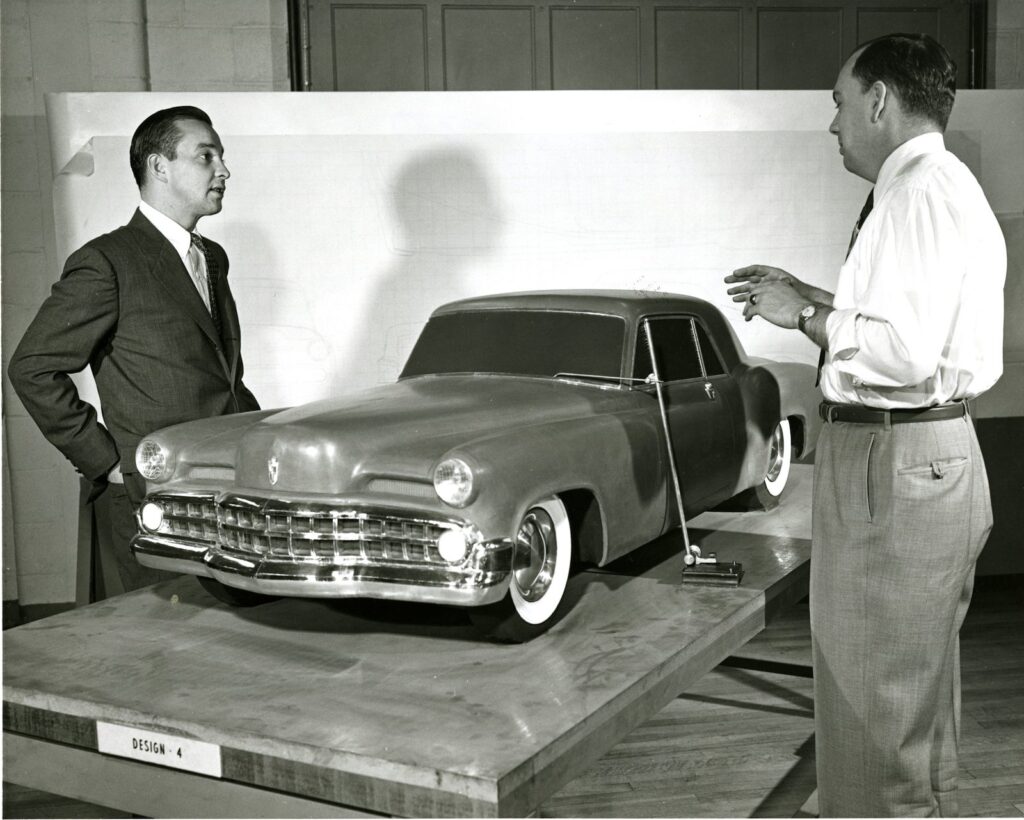
It is replaced by 1958 Continental Mark III, a vehicle that was every thing the Mark II was not. And although it might have been financially profitable, its artistry was one more make any difference. The Continental name would be employed on the 1961 sedan, a car or truck that genuinely mirrored the original’s refined flavor, but a new coupe wasn’t offered. It would get the eyesight of Ford Team Vice President Lee Iacocca to revive the hallowed identify.
A mobile phone phone begets a new Continental
The most recent Continental was born in 1965 as a individual-luxurious coupe. The vehicle would be known as the Continental Mark III as Henry Ford II did not consider the heavyweight 1958-60 Mark III as legitimate a Continental. Corporate structure main Gene Bordinat supervised its layout, whilst Hermann Brunn, whose family members had made custom bodied cars in the 1930s, was primarily liable for its inside layout.
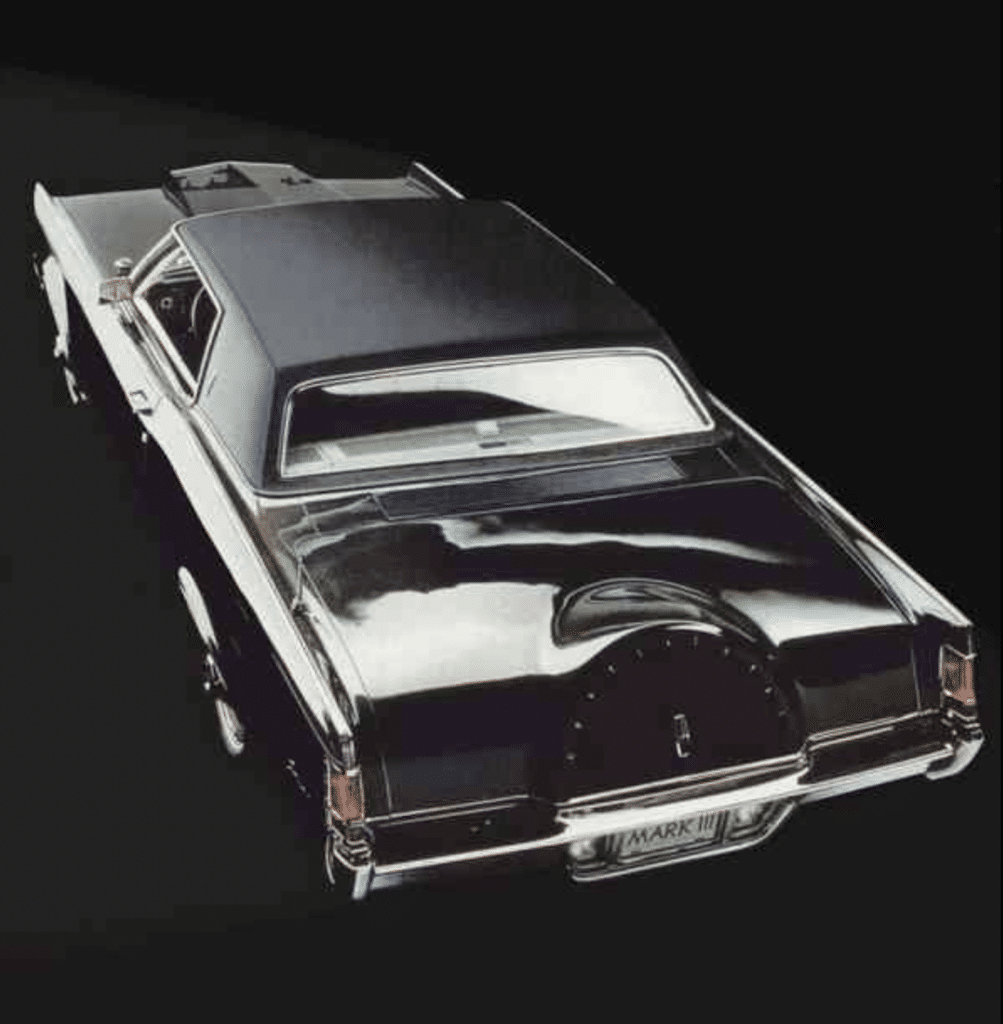
The vehicle that emerged experienced up to date hallmarks of the 1956 Mark II, as well as a vinyl roof. But its neo-typical grille marked a convert absent from the modernist fascias that characterized Lincolns considering the fact that 1961.
According to Ford Motor Co. archives, Jim Farrell, who wrote the Lincoln structure book and personally interviewed a lot of of the designers, says that designer Dave Ash acquired a contact from Ford Motor Co.’s Team Vice President Lee Iacocca late a person night time telling him that he required to see a front-finish design and style for the new Mark that was evocative of the Rolls-Royce grill put on a Thunderbird. When he returned to Dearborn, designers had sketches completely ready, and Iacocca picked the a single that ended up as the style.
What Iacocca wrought
But Iacocca’s ask for was not a flash of design and style inspiration Iacocca was no designer. But he understood what marketed, and it is attainable that the inspiration for the grille came from an unlikely source: former Chrysler style boss Virgil Exner.
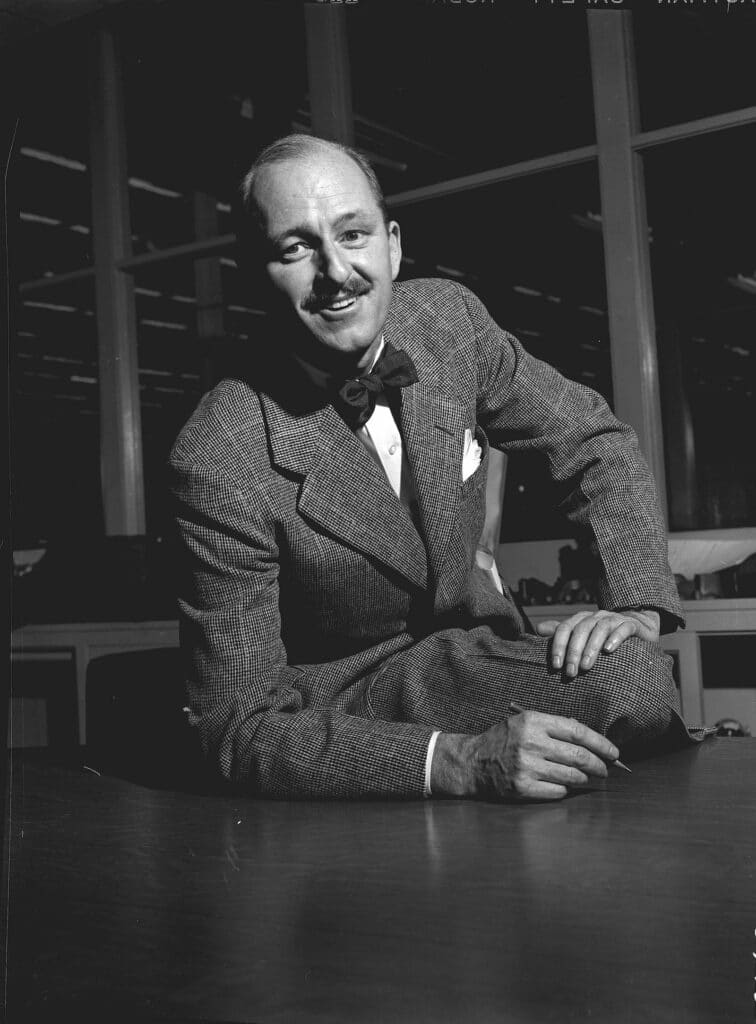
In 1965, as the Mark III undertaking was beginning, Fred Duesenberg, the son of Duesenberg firm founder August Duesenberg, made the decision to revive the marque, choosing former Chrysler style main Virgil Exner Sr. to design the new motor vehicle.
The new car’s design utilised 1930s styling cues, some of which had been noticed on early ’60s Chryslers, others of which had not, which includes its prolonged hood, tall neo-typical vertical grille and padded vinyl roof. Definitely practically nothing like it had been seen in advance of. But its impact on Detroit designers would guide their patterns for the much better section of the next two decades.
Presented the popular publicity supplied this new Duesenberg, it’s most likely that Iacocca liked what he observed, and wished a thing equivalent for the new Mark III, which would also boast a lengthy hood, tall neo-vintage vertical grille and padded vinyl roof. It would even boast a bogus rear spare tire bulge in the trunk lid, a nod to the rear-mounted spare tire of the original car. Absolutely, its style was a departure for Lincoln, even as particular 1961 styling cues were being taken care of.
Though the Mark III retained the Mark II’s trademark extensive-hood/brief-deck type, it owed its proportions to its use of the Ford Thunderbird system and interior human body construction. It also borrowed its drivetrain and sub-dashboard assembly. A 7.5-liter V-8 with four-barrel carburetor made 365 horsepower and 500 pound-feet of torque.
It was a accomplishment, turning out to be Lincoln’s flagship motor vehicle. Shortly, its ersatz typical cues popped up on the Lincoln City Car Versailles, and it would continue to be a mainstay of the Lincoln line-up into the 1990s. Its neo-basic style would stay on even as its design and style was modernized, a thing that would be eventually banished in just the stop of Lincoln Town Automobile manufacturing in 2010.
